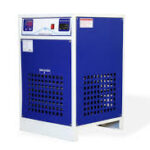Air Cooled Chillers
Air-cooled chillers, commonly used in HVAC applications, use air to remove heat from the coolant or refrigerant, while water-cooled chillers depend on cooling towers and water-based cooling.
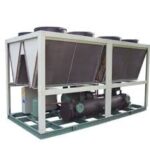
Water Cooled Chillers
Water-cooled chillers are refrigeration systems that use water as a cooling medium to efficiently transfer heat away from the refrigerant. They are widely used in large-scale industrial and commercial
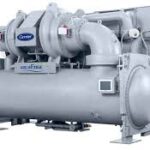
Screw Chillers
Screw chillers are known for their high efficiency and reliability in cooling applications. They utilize screw compressors to provide stable cooling. These systems are ideal for industrial and commercial use.
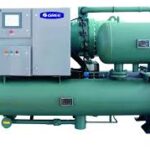
Variable Speed Chillers
Variable speed chillers leverage VFD technology to optimize compressor operation for variable loads. This enhances cooling precision and lowers energy expenses. They are ideal for sustainable and cost-effective cooling.
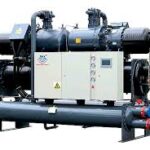
Oil Chiller
Oil chillers are refrigeration systems that regulate the temperature of lubricating oil. They prevent overheating in industrial machinery and processes. This ensures optimal performance
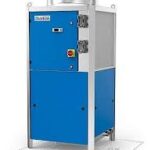
Hydraulic Oil Chiller
Hydraulic oil chillers ensure temperature stability in hydraulic machinery. They prevent overheating, reducing equipment failures. This makes them essential for industrial operations.

Online Chiller
Online chillers use smart technology to provide uninterrupted cooling solutions. They are equipped with internet connectivity for remote control. This makes operation more convenient and efficient.
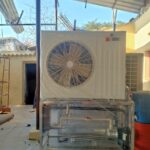
Glycol Chiller
Glycol chillers provide continuous cooling for sensitive processes. They use glycol-water coolant to regulate temperatures effectively. Ideal for wineries, breweries, and food processing facilities.
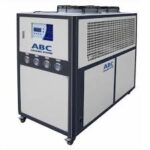
Spindle Chiller
Spindle chillers regulate the temperature of CNC machine spindles during operation. They prevent overheating and ensure precision machining. This helps maintain spindle efficiency and longevity.
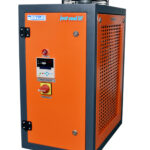
Refrigerated Air Dryer
Refrigerated air dryers remove moisture from compressed air by cooling it. The process condenses water vapor into liquid for drainage. This ensures dry, high-quality air for industrial applications.
